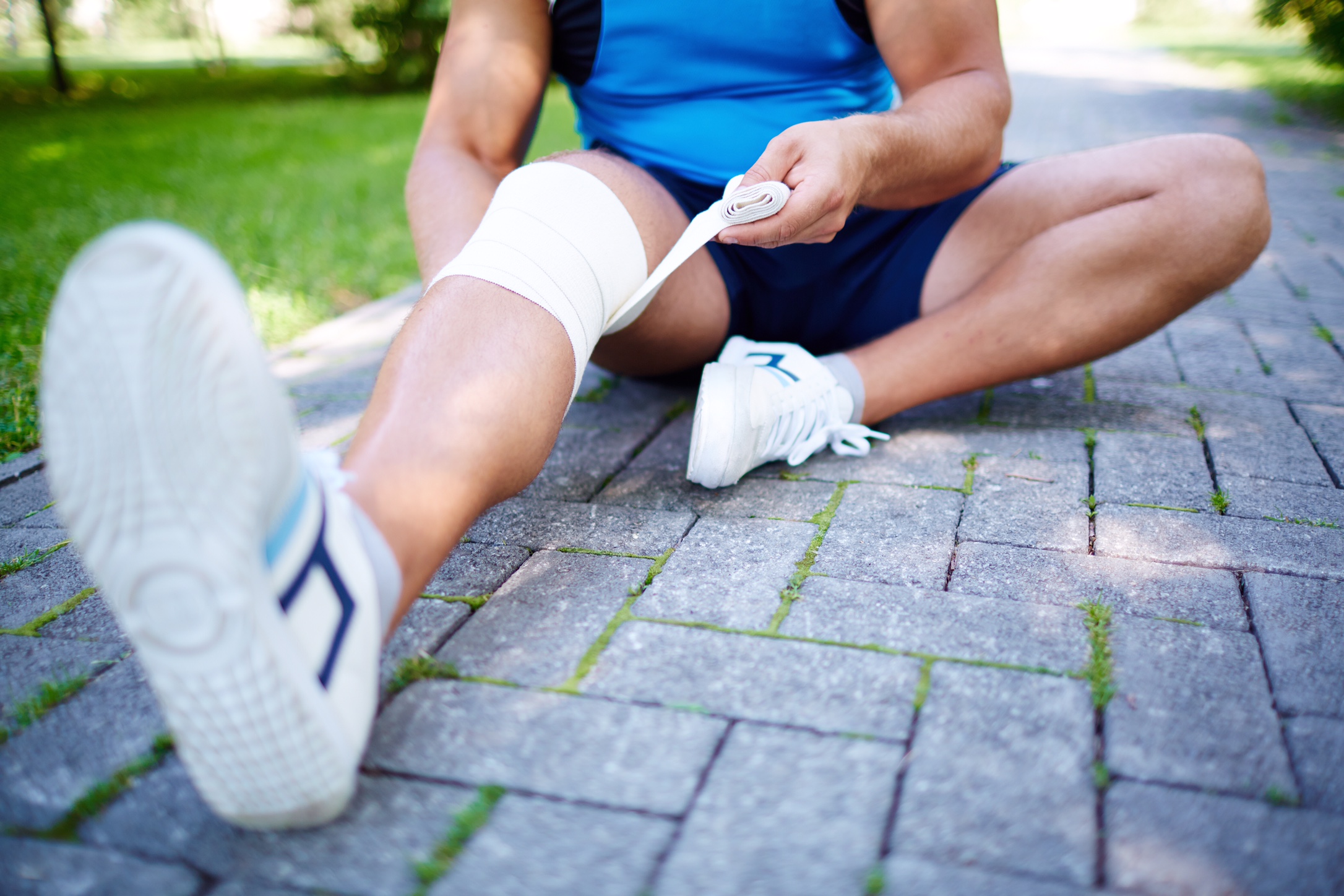
The knee is one of the largest and strongest joints in your body. We use them each and every day as we walk, move, work, and play. Unfortunately, chronic knee problems often result due to continuous wear and tear.
Complaints we often hear from knee pain sufferers include:
-
Morning stiffness
-
Swelling after activity
-
Creaks, clicks, snaps, or grinding
-
Weakness or buckling
These types of concerns resulting from the cumulative effect of the forces we put through our knees. The Center for Disease Control reports that 1 in 2 people will develop symptomatic knee pain due to the breakdown of the joint by the age of 85.
We all want to live longer and more vibrant lives well into our “golden” years. However, none of us wants to be on pain medication or have to resort to injections or surgery to stay active.
So, how do we alleviate pain and improve mobility when our knees take such a beating?
Here are 5 alternative ways to manage your knee pain without seeing your physician:
-
Exercise
Regular exercise can improve strength and flexibility of the knee joint and surrounding muscles. This will lessen pain and improve movement.
Stronger muscles around your knee joint results in improved shock absorption and less impact on the joint with each step. When done properly, and at the appropriate intensity, exercise will not “wear out” your joints faster.
-
Heat and Cold Packs
At home, you can use ice packs or heating pads to decrease pain and facilitate healing. The questions though, do I use ice or heat for my injury?
Generally speaking, ice helps reduce inflammation and swelling immediately after an injury (48-72 hours) or during a flare-up. Heat will relax the muscles and increase circulation to decrease pain and facilitate healing in chronic conditions or after swelling has subsided.
-
Weight Management
Decreasing the amount of weight you carry around each day, will significantly reduce stress on your joints. Studies have found that being just 10 pounds overweight adds up to 60 pounds of forces on your knees with each step.
In addition, recent studies have found that fat cells increase the amount of inflammation in your body. So by increasing lean muscle and decreasing your percentage of body fat, you will decrease inflammation causing arthritic pain, diabetes, and heart disease.
-
Orthotics
Foot orthotics are shoe inserts that can correct an abnormal gait pattern, provide support, and decrease pain. Most people look to shoe inserts to treat foot pain only. However, the proper orthotic will better position the foot to improve overall mechanics of the foot and lower leg.
For example, my flattened arch causes my knee to rotate inward putting it in a position that results in pain. Over the long term could cause early-onset osteoarthritis due to uneven wear of the joint surfaces. My solution – a prescription arch support in my shoe realigns my foot and knee to correct the problem and the pain. Learn more about orthotics by clicking HERE.
-
Bracing
Knee braces can be worn to help stabilize the joint, assist with proper alignment, or provide compression for healing. They range widely in materials, complexity, and price. You may want to start by trying a general, light support brace and see if it provides you any relief.
You will need assistance from a professional to select and fit a more specific brace to your condition if you feel that is necessary. Always remember that knee braces are not to be used as a sole treatment. They can be helpful in combination with other techniques we discussed, but you don’t want your body to become reliant on them.
Most importantly, STAY ACTIVE!
When pain and stiffness set in, some naturally, limit activity to avoid discomfort or stop activities all together to prevent damage. However, damaged knees actually, worsen as a direct result of the reduced activity.
At Peak Potential Physiotherapy and Wellness, we have a long list of tools we utilize in addition to exercise to conservatively treat knee pain including:
-
ASTYM (www. astym.com)
-
Dry Needling
-
Manual Therapy
-
Taping techniques
-
Orthotics
-
Adjuncts such as ultrasound or e-stim
-
Nutrition & weight management
-
Quality supplementation to promote joint health
If you are interested in more tips and tricks for treating your joint pain, request our FREE report:
“7 Simple Ways to Stop Chronic, Daily Annoying Knee Pain”
Whether you are at a stage of sore and stiff or sharp and severe, now is the time to take action. You can significantly impact your pain level and improve your function for years to come. Find out more information by clicking the link below:




